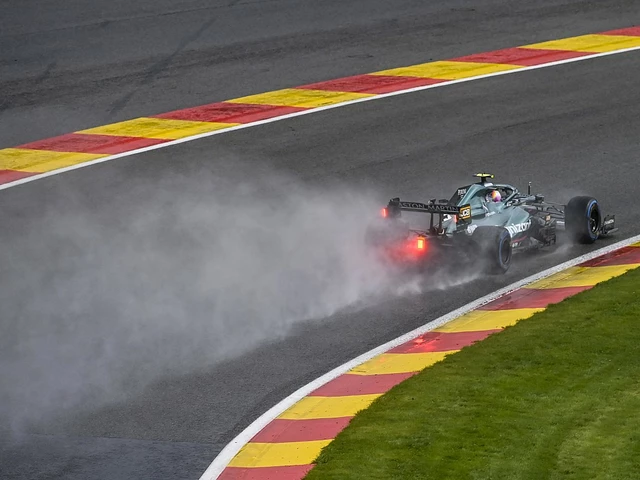Realism in Racing: What Makes a Game Feel Real
If you love the roar of an engine and want it to feel like you’re actually on the track, you need games that nail realism. Realism isn’t just about graphics—it’s about how the car reacts, how the weather changes grip, and how every downshift feels. Below we’ll break down the key ingredients that turn a fun racing title into a true‑to‑life simulation.
Game physics that feel real
The first thing you’ll notice in a realistic racing game is the physics engine. A solid engine models weight transfer, tire slip, and suspension movement just like a real car. Assetto Corsa, for example, is praised for its tire wear model – the longer you push a corner, the more the rubber degrades and the later you feel a loss of grip. This mirrors what you’d experience on a real track.
Weather adds another layer of realism. When a rainstorm hits, the track surface becomes slick, and the car’s handling changes. Games that simulate this, such as the newer F1 titles, adjust brake distance and cornering speed on the fly. That’s why you’ll hear players talk about “rain tricks” – they’re adapting to a virtual environment that behaves like the real world.
Sound also plays a big role. Accurate engine notes, exhaust pops, and even the whine of a turbo help your brain connect the visual cues to a genuine feeling. If you can hear the difference between a V8 and a turbocharged inline‑four, the immersion jumps a notch.
Realism beyond the screen
Realism isn’t limited to what you see and hear. Many sims let you fine‑tune car setups just like a real driver would. Adjusting camber, toe, and spring rates can shave tenths of a second off lap times. This depth appeals to gearheads who love the engineering side of racing.
Another practical aspect is the learning curve. Realistic games often include coaching tools – telemetry data, lap analysis, and driving line overlays. These help you understand why a car slides out or why braking points shift on a hot track. You’re not just playing; you’re training.
Finally, community support matters. Forums and Discord groups share setup files, track tips, and real‑world data that you can import into the game. When the community talks about “real‑world lap times” in a sim, it shows the line between virtual and actual racing is getting thinner.
So, when you’re hunting for a realistic racing experience, look for a game that combines accurate physics, dynamic weather, authentic sound, and deep setup options. Assetto Corsa remains a top pick for pure physics, while newer console titles bring realism to a broader audience with easier entry points. Test a few demos, feel the grip, listen to the engine, and you’ll know which title gives you the most real‑world rush.



